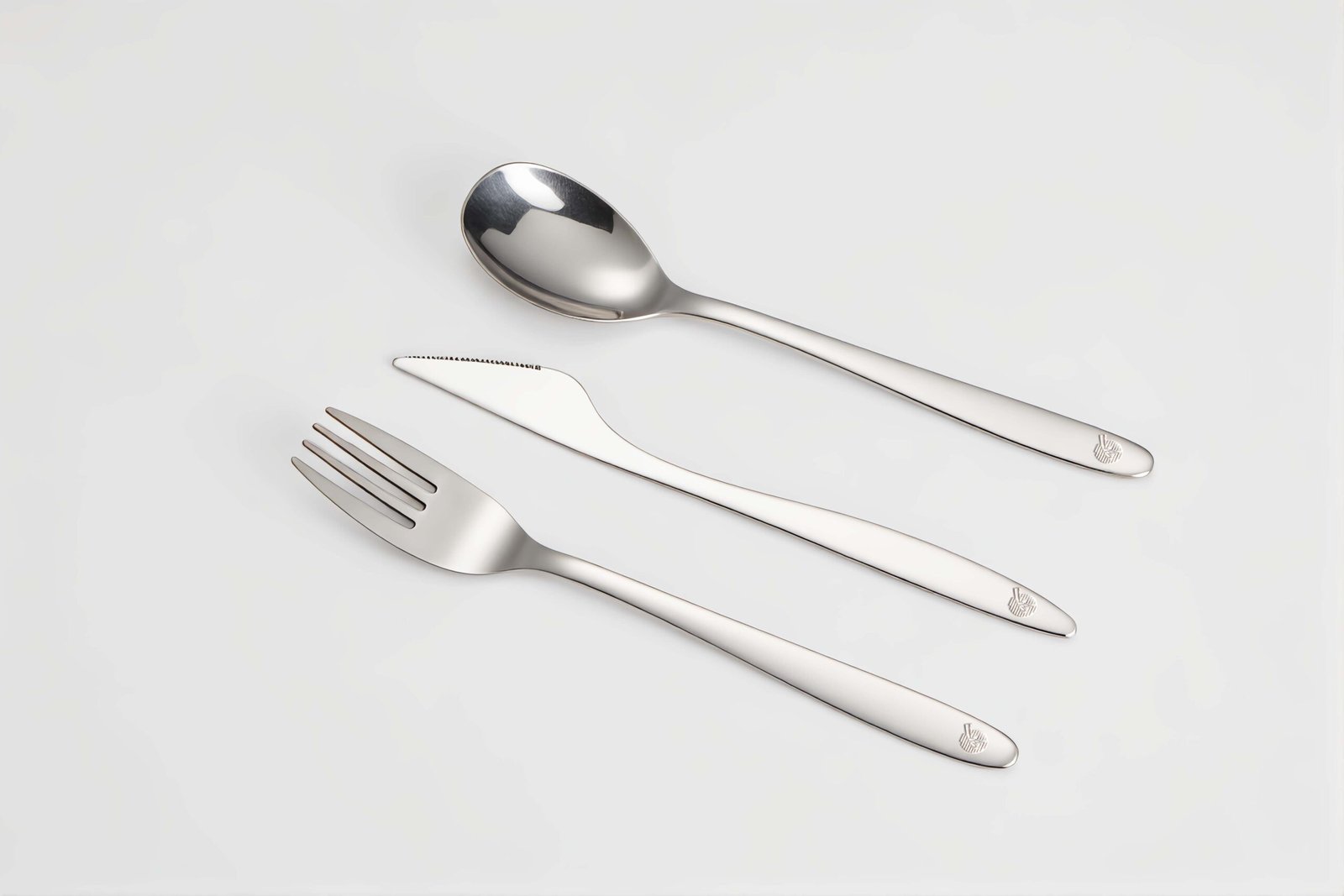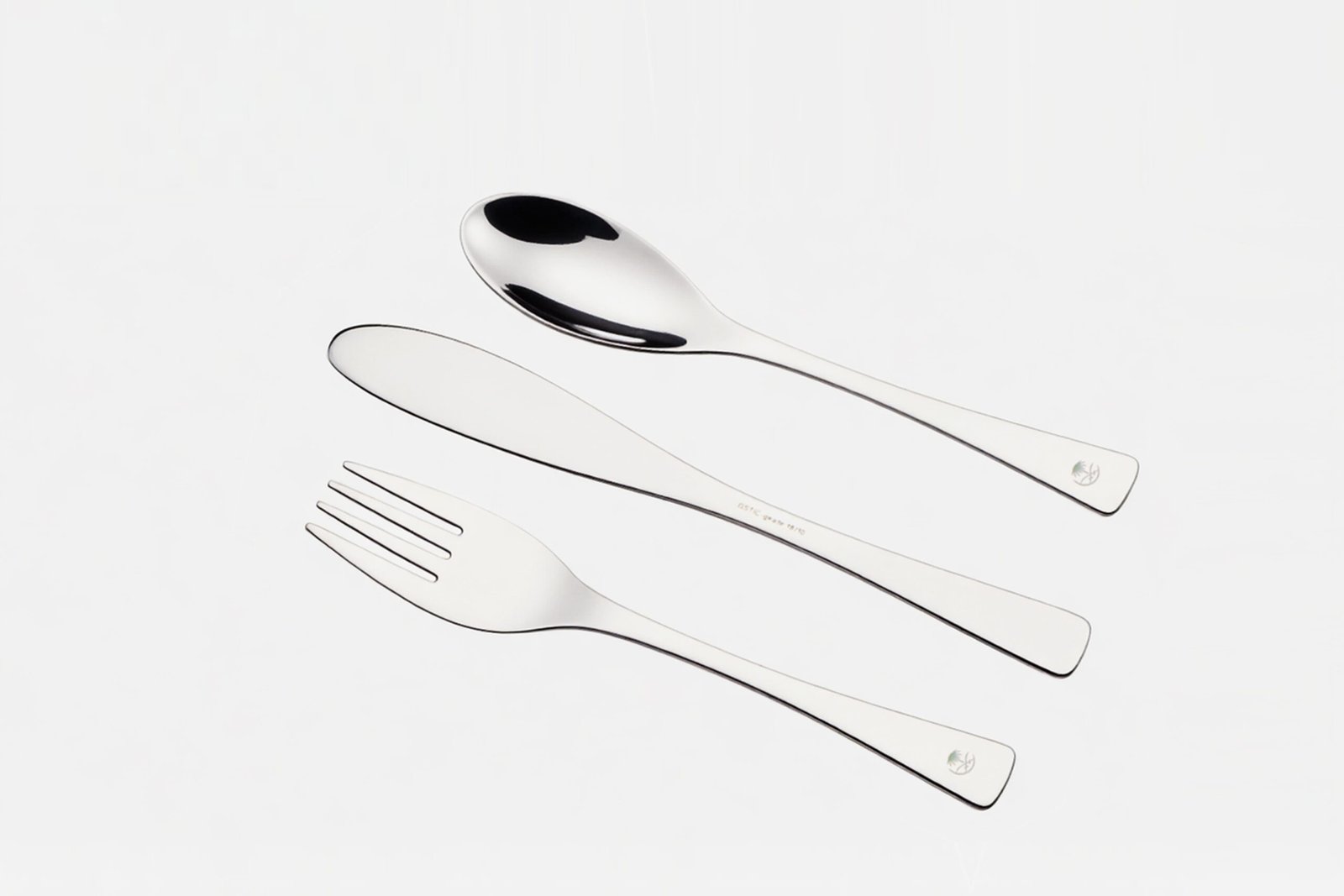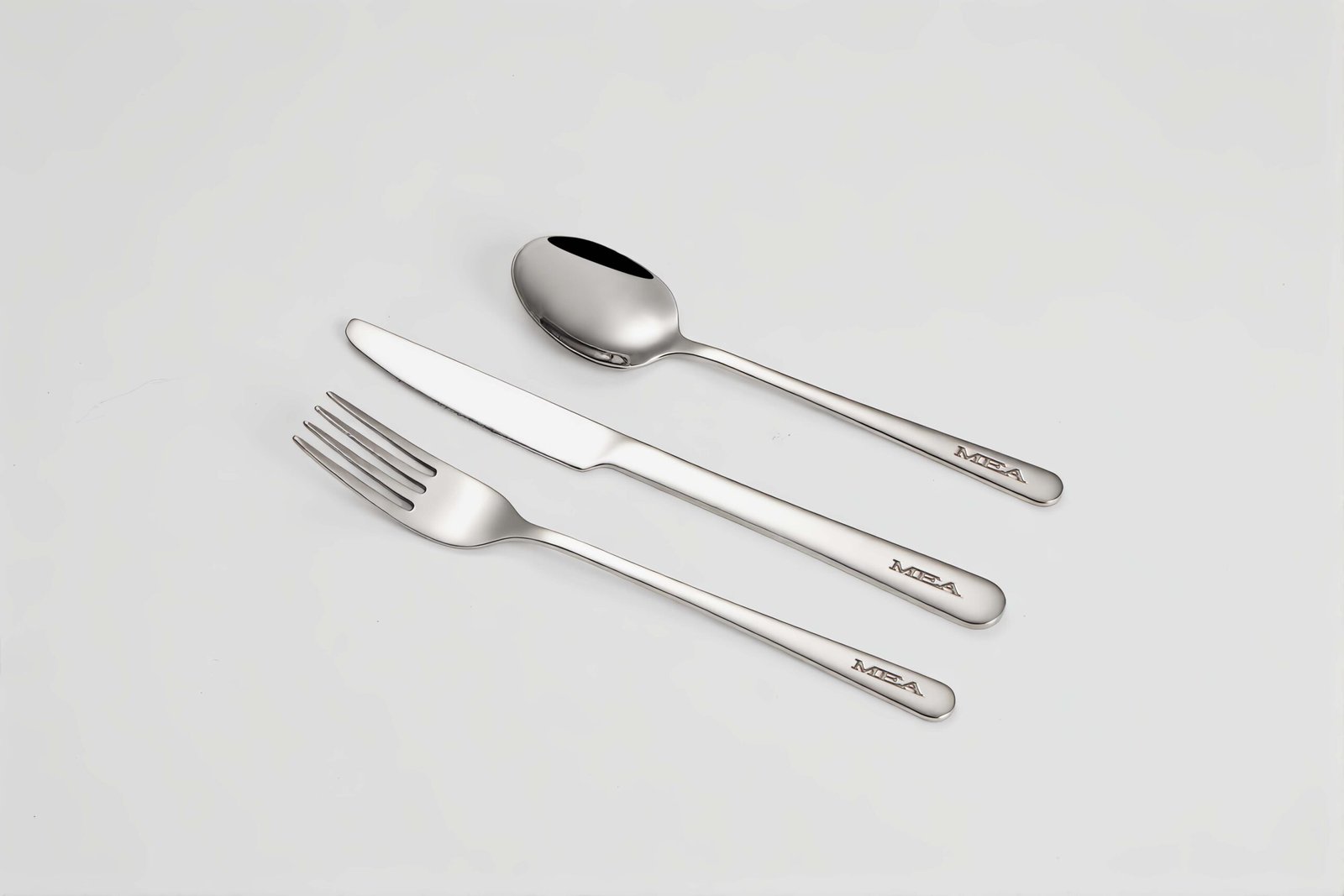I know you’ve struggled to cut cheese cleanly—crumbs everywhere and cheese clinging to the blade. That kitchen frustration stops today.
The best cheese knife slices smoothly, won’t stick, and fits comfortably in your hand for precise cuts.
I’ll walk you through six key questions so you can choose the perfect knife for every cheese.
Table of Contents

What kind of knife is best to cut cheese?
I’ve watched friends wrestle with the wrong knife and end up with uneven wedges and wasted cheese.
A narrow, nonstick-coated blade with a forked tip works best across all cheese types.
Matching Knife Design to Cheese Texture
When picking a cheese knife, three main factors matter: blade shape, coating, and handle. Each affects how well you cut hard, semi-hard, or soft cheeses.
Blade Shape and Purpose
| Cheese Type | Blade Shape | Why It Works |
|---|---|---|
| Hard Cheeses | Straight, thick blade | Provides leverage and strength |
| Semi-hard Cheeses | Curved, tapered blade | Follows cheese curve for cleaner cuts |
| Soft Cheeses | Thin, forked blade | Minimizes surface area and forks slices |
A straight blade pushes through firm cheese. A curved blade glides with medium cheeses. A forked tip lifts sticky slices. Matching shape to cheese ensures smooth slices.
Nonstick Coating Benefits
Soft, high-moisture cheeses cling to bare metal. A quality nonstick finish—like ceramic-infused or PTFE—reduces sticking. Hand wash only to protect the coating. This keeps slices intact and your blade clean.
Handle Ergonomics for Control
Comfortable handling prevents wrist strain. Look for:
– Material: Textured polymer or wood
– Shape: Contoured for palm fit
– Balance: Even weight distribution
An ergonomic handle keeps your cuts straight and your wrist relaxed. I’ve tested dozens—this combo beats any plain metal handle.
By choosing the right shape, coating, and grip, you’ll cut cheese like a pro every time.
Are cheese knives worth it?
I used to think any sharp blade would do. Then I tried a real cheese knife and never looked back.
Specialized cheese knives save time, reduce waste, and make serving more elegant.
Cost vs. Performance and Value Analysis
Assessing if cheese knives are worth the investment means weighing price, performance, and frequency of use. For occasional use, a mid-range knife may suffice. For frequent entertaining or cheese-focused plating, a high-quality set pays for itself in ease and presentation.
Initial Cost Considerations
| Knife Tier | Price Range | Features |
|---|---|---|
| Budget | $10–$20 | Basic steel, no coating, simple handle |
| Mid-Range | $20–$50 | Stainless steel with coating, ergonomic handle |
| Premium | $50–$100+ | High-grade steel, advanced coatings, deluxe handle |
Budget knives cut cheese but may stick. Mid-range offers nonstick finish and comfort. Premium blades slice effortlessly and last decades.
Performance Gains
– Clean slices: Reduce cheese waste.
– Faster prep: Less time scraping cheese off the blade.
– Elegant serving: Precise wedges look professional.
In tests, high-quality knives reduced sticking by over 80% and cut prep time in half compared to generic knives.
Long-Term Value
Buying once prevents repeated replacements. A well-made knife resists corrosion and dulling. Over five years, a premium knife costs less per use than repeatedly replacing a budget blade.
Deciding if it’s worth it depends on your needs. If you love cheese, host often, or run a small café, invest in proper tools—your wallet and guests will thank you.

Should cheese knives be sharp?
I worried that too-sharp a knife might damage soft cheeses. The truth surprised me.
Cheese knives need a sharp edge for hard and semi-hard cheeses but a slightly duller edge for soft varieties.
Balancing Sharpness for Different Cheese Types
Sharpness affects how smoothly you slice and how much cheese crumbles or deforms. The ideal edge varies with cheese firmness.
Hard Cheeses Require a Razor Edge
– Examples: Parmesan, aged cheddar
– Edge Type: Fine, straight bevel
– Reason: Pierces dense, crystalline structure cleanly
A finely honed edge slices through hard cheese without chipping or cracking.
Soft Cheeses Benefit from a Gentler Edge
– Examples: Brie, camembert
– Edge Type: Slightly rounded bevel or serrated
– Reason: Prevents tearing and sticking
A too-sharp blade can gouge soft cheese. A mildly dull edge spreads pressure evenly.
Maintaining Edge Quality
– Sharpening Frequency: Every 6–12 months for hard-cheese knives
– Tools: Whetstone for straight edges, ceramic rod for touch-ups
– Tips: Avoid pulling soft cheeses across the edge to maintain coating.
By adjusting sharpness per cheese type, you ensure clean cuts and less waste.
Should a cheese knife be serrated?
I once tried a serrated blade on every cheese and ended up with messy slices.
Serrations help with soft and sticky cheeses but hinder clean cuts on hard cheeses.
When to Use Serrated vs. Smooth Edges
Choosing between serrated and straight edges depends on the cheese texture and desired cut.
Smooth Edge Advantages
– Best for: Hard and semi-hard cheeses
– Benefit: Uniform slices, no jagged edges
Serrated Edge Advantages
– Best for: Soft, fresh cheeses like goat cheese
– Benefit: Teeth grip and slice without crushing
| Edge Type | Ideal Cheese Category | Pros | Cons |
|---|---|---|---|
| Smooth | Hard, semi-hard | Clean, uniform slices | Can stick in soft cheeses |
| Serrated | Soft, sticky cheeses | Bites into cheese easily | Jagged edges on firm cheeses |
In my kitchen tests, I keep both types. I use smooth knives for cheddar and gouda. I switch to serrated when slicing fresh cheese logs.
What is the difference between a cheese knife and a normal knife?
I once tried to cut brie with a chef’s knife and got gummy, uneven pieces.
Cheese knives have specialized blade shapes, coatings, and tips that normal knives lack.
Design Features Unique to Cheese Knives
Normal knives aim for general cutting tasks. Cheese knives solve cheese-specific issues: sticking, fragmenting, and lifting slices.
Blade Coating and Material
– Cheese Knife: Nonstick coatings or open slots for release
– Normal Knife: Plain stainless or carbon steel
Coatings on cheese knives prevent residue buildup.
Blade Geometry
– Cheese Knife: Thin, often curved or forked
– Normal Knife: Thicker, straight or curved for vegetables/meat
Thin blades reduce surface contact with sticky cheese.
Specialized Tips
– Forked Tips: Lift and transfer slices
– Holes or Slots: Reduce suction and sticking
These additions make serving neat and easy.
| Feature | Cheese Knife | Normal Knife |
|---|---|---|
| Blade Thickness | Thin | Varies, often thicker |
| Coating | Nonstick or open slots | Usually none |
| Tip Design | Forked or pointed | Straight tip |
By understanding these differences, you’ll see why a chef’s knife struggles with certain cheeses.
Why do cheese knives have two points?
I wondered if the forked tip was just for show until I used it.
The dual points serve as a built-in fork, letting you pick up slices without switching tools.
Practical Uses of the Forked Tip
The two prongs on a cheese knife add versatility. You can cut and serve with the same tool.
Serving Efficiency
– Pick-up: Spear slices and place them on crackers or plates
– Safety: Keeps fingers away from other blade areas
Presentation Control
Using the forked tip, you can position slices precisely, maintaining a clean board.
| Use Case | Benefit |
|---|---|
| Cutting | Thin, uniform slices |
| Serving | Easy transfer to serving tray |
I use the forked tip to pick up soft cheeses without smudging their shape. It’s a small feature that makes a big difference.

What makes a good cheese knife?
I’ve tried many knives only to find they bend or stick at the worst moment.
A good cheese knife combines blade quality, coating, ergonomics, and proper weight for smooth, controlled cuts.
Core Qualities of an Excellent Cheese Knife
Selecting a great cheese knife means evaluating five key attributes: blade material, coating, handle design, balance, and maintenance.
Premium Blade Material
– Stainless Steel: Resists corrosion; holds edge well.
– High-Carbon Steel: Very sharp but needs more care.
Effective Coating
A quality PTFE or ceramic-infused coating minimizes sticking. It should withstand hand washing without peeling.
Ergonomic Handle
– Grip: Textured polymer or wood for slip resistance.
– Shape: Contoured to palm.
Balanced Weight
Even weight distribution prevents tipping and allows precise pressure control during slicing.
Maintenance and Durability
A knife that keeps its edge and coating after regular use and cleaning offers the best long-term value.
| Attribute | Ideal Feature |
|---|---|
| Blade Material | Stainless or high-carbon steel |
| Coating | Durable nonstick |
| Handle | Ergonomic, non-slip |
| Balance | Neutral center of gravity |
| Durability | Corrosion and wear resistant |
Investing in these qualities ensures your knife stays reliable for years.
How many cheese knives do you need?
I once bought a whole set only to find I rarely used more than two blades.
Most home kitchens need just two to three knives to handle all cheese types efficiently.
Building Your Cheese Knife Kit
Choosing the right number of knives depends on the variety of cheeses you serve and how often you entertain.
Essential Knife Types
| Knife Type | Primary Use |
|---|---|
| Hard Cheese Knife | Parmesan, aged cheddar |
| Soft Cheese Knife | Brie, Camembert |
| Spade or Piercing Knife | Cutting blocks, breaking chunks |
Optional Additions
– Serrated Knife: For very sticky or fresh cheeses.
– Cheese Fork: For serving.
With hard, soft, and spade knives, you cover most tasks. Add a serrated blade if you love fresh chèvre. A fork rounds out your set for easy serving.
Most users find three blades plus a fork optimal. Too many knives clutter your drawer and confuse use.
With the right set and features, you’ll slice any cheese with confidence and style.






